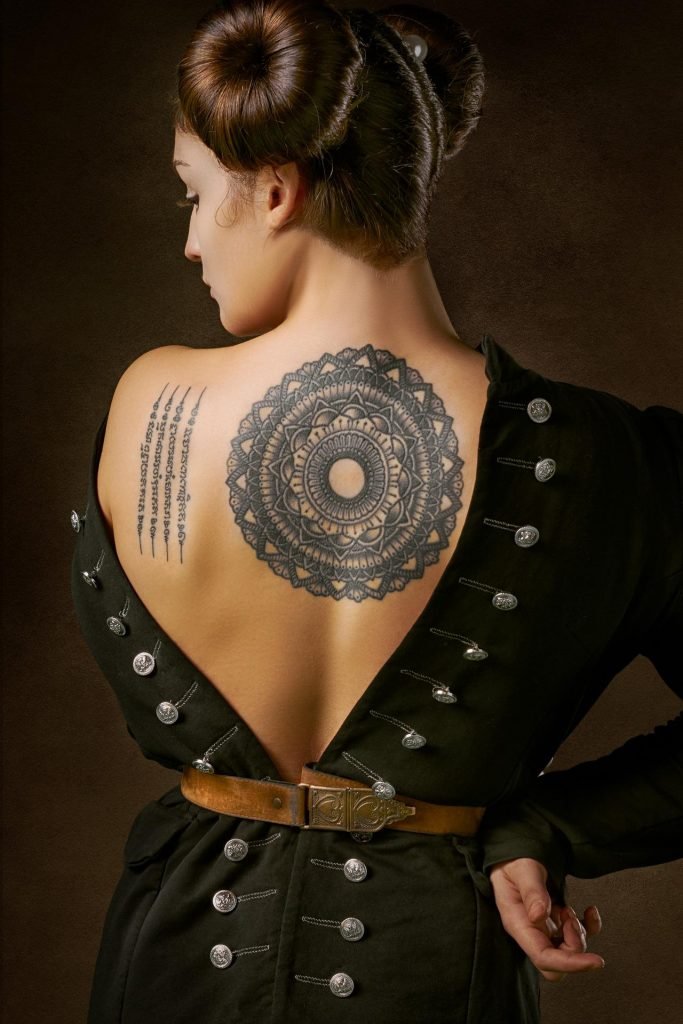Hourglass Tattoo History
Invented in Alexandria somewhere around 150 B.C., the hourglass plays an important part in the life of history. Used to measure time accurately and repeatedly, hourglasses saved the lives of many before someone invented the modern clock.
Hourglass Tattoo Sleeve
While primitive, their small measurements helped synchronize groups of people. Few alternatives match the abilities of the hourglass.
Hourglass Tattoo Sleeve
When the hourglass’s popularity spread from Egypt into northern countries, the strange depiction of time captured the hearts of artists and philosophers. It was the only symbol that could depict both the past and the present at the same time, so it came to represent both life and death. Its sands would flow regardless of the elements around it—just as a person’s life winds down at a steady pace, regardless of their good or bad deeds—so it was also used to instill a fear of death into people. Pirates adopted it for their flags, and people still place it on gravestones and coffins.
The hourglass proved most useful in nautical navigation. Mariners from Alexandria used the hourglass to measure minutes out at sea. While sailing the ocean, the constant change in wave height and angle of the sun disoriented sailors and that lead them to lose their sense of time. Hourglasses mitigated that to an extent and made sailing a much more accurate ordeal. Sailors used it to time their voyages and memorize the exact times between ports and landmarks. For those that watched the deck at night, they could compare it to the stars above. With the help of the ever-changing constellations, they navigated with accuracy.



